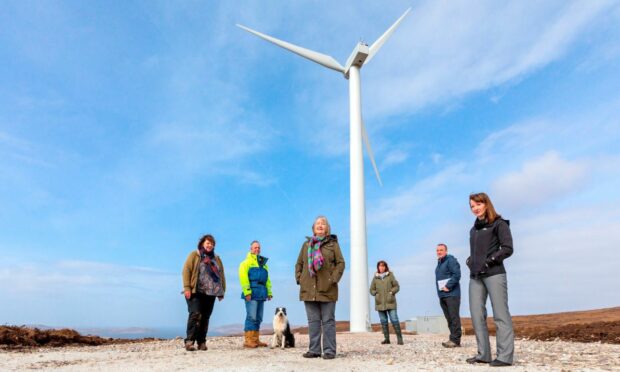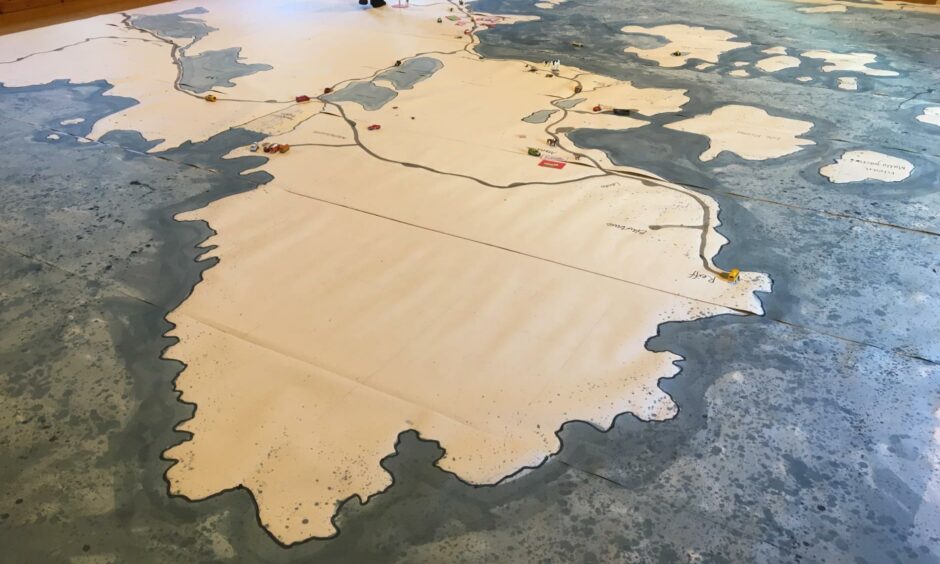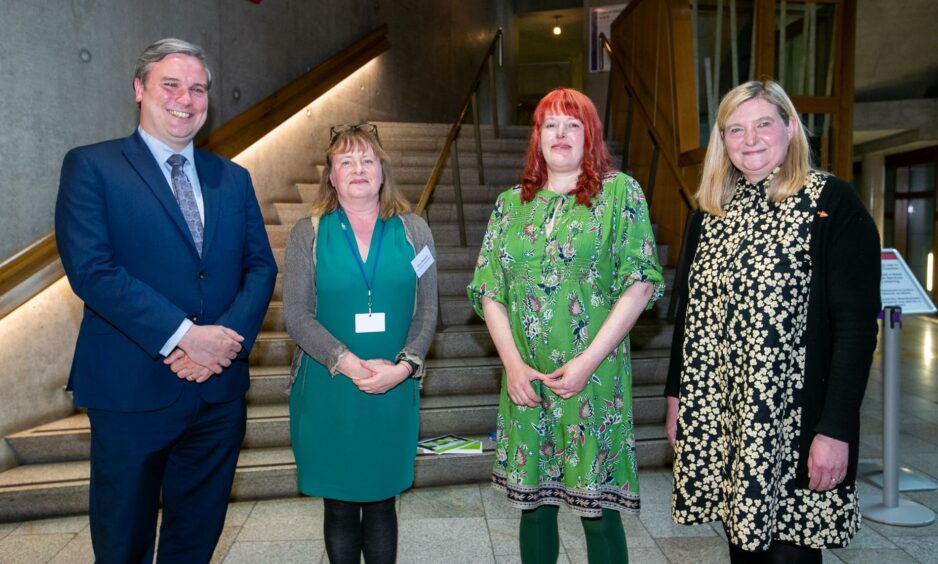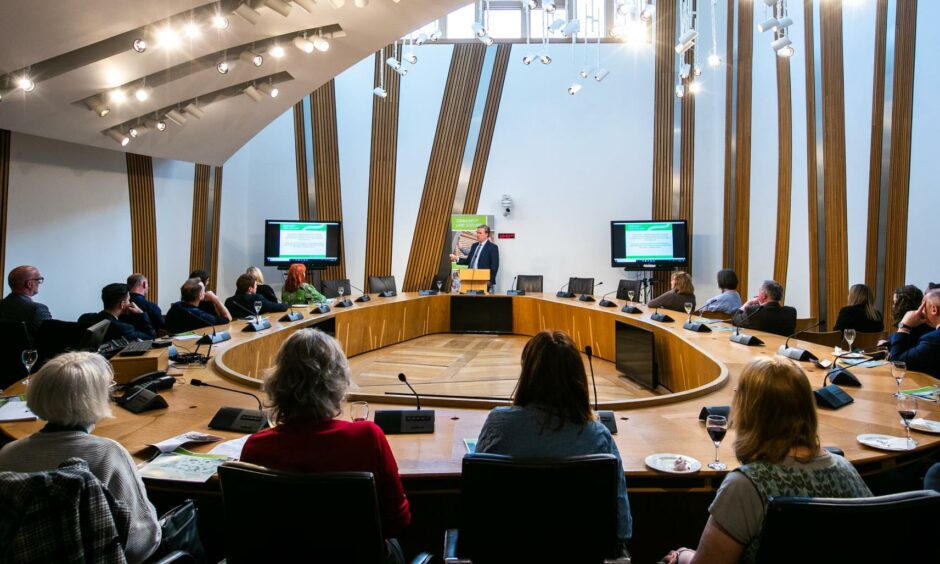Community landowners should have a formal role alongside statutory bodies to provide local services, a new report concludes.
Owning Our Future says there is a “compelling argument” to be made about community organisations bridging the gap between the state and the individual.
The report results from research on how community-owned areas responded to the pandemic and how residents see their areas developing post-Covid.
In many cases, community owners were ‘first responders’ during lockdown, helping to deliver food and medicines.
Towards renewal and recovery post-pandemic
In addition, they provided a range of other help, including to vulnerable people and those with mental health needs.
The report also highlights a variety of issues facing community-owned areas, such as lack of affordable housing, poor broadband and sustainable tourism.
In 2020, Community Land Scotland (CLS) was awarded funding from The Emerging Futures Fund to help communities move towards recovery and renewal post-pandemic.
Owning Our Future was produced after creative people worked with five community landowners, all members of CLS.
They include Coigach Community Development Company (CCDC) in the north-west Highlands which created an emergency committee to organise a lockdown response.
It involved getting food supplies to residents and distributing emergency packs containing PPE for people looking after anyone who was sick.
A crisis fund was also set up using money from a community wind turbine to allocate up to £100 per week to those in need.
Coigsach was one of the communities that produced a giant map of an imagined future after Covid.
South West Mull and Iona Development (SWMID) organised a community bus to deliver food supplies and a phone ‘ring round’ to check if anyone needed specific assistance.
The trust also provided informal mental health advocacy and support services in the community.
Communities catapulted into the front line
The report says the pandemic catapulted several community landowners into being ‘de facto front-line service providers’.
It also highlights the growing importance of community-led organisations in delivering hyper-local support and development functions.
“Community landowners embody such support precisely because of their status as ‘anchor’ organisations trusted by and embedded within their individual communities”, the report says.
“As Scotland emerges from the pandemic it therefore seems timely and legitimate to consider what future role community landowners might potentially play in relation to services provision and development in support of their local communities.”
Community landowners embody such support precisely because of their status as ‘anchor’ organisations.”
CLS report
It says there is no one-size-fits-all model and community organisations should not assume the remit for delivering statutory services.
“Nevertheless, the experience of communities participating in Owning Our Future suggests that there is a complementary space alongside the provision of statutory public services that such organisations may legitimately inhabit as one of many ways to enhance local community cohesion.”
It acknowledges public sector agencies are doing their best with finite resources.
Compelling argument for community landowners’ role
“Be that as it may, there is a compelling argument to be made about the space between the state and the individual, and the role community organisations can play in bridging it.
“Exploring community empowerment in practice could be fruitful terrain.
“Coigach’s wind turbine is a good illustration of how community ownership of assets enables financial resources to be generated for retention and reinvestment in the community, by the community and for the community.
“As such, it provides a template for helping make the idea of ‘community wealth building’ real for communities across Scotland.”
The report suggests existing and future polices can be used to help community ownership and control of land.
This includes the new Land Reform Act in 2023, land rights and responsibilities legislation and the new vacant and derelict land investment programme.
“If the political will exists, these measures can be shaped to provide a solid policy foundation from which communities can build towards owning their futures in the wake of the Covid-19 pandemic.
“Business as usual is no longer an option for our communities or our nation.”
Using lessons to respond quicker and better
CLS chairwoman Ailsa Raeburn said the project aimed to understand why communities responded so quickly to the pandemic and what actions need to continue.
“Everyone wanted to use the lessons learned to help them respond even quicker and better if another crisis should happen.”
The report was outlined this week at a Parliamentary reception hosted by Argyll and Bute MSP Jenni Minto.
She said: “The pandemic has shown us the strength and resilience that exists within our communities and I hope this report will provide us with a road map to allow us to grow community empowerment giving people a greater say in how we build forward better.”
Tom Arthur, minister for public finance, planning and community wealth, congratulated the projects for helping communities recover.
“Community Land Scotland’s Owning Our Future project demonstrates what well-resourced and capable community landowning organisations can do in response to serious challenges.”



